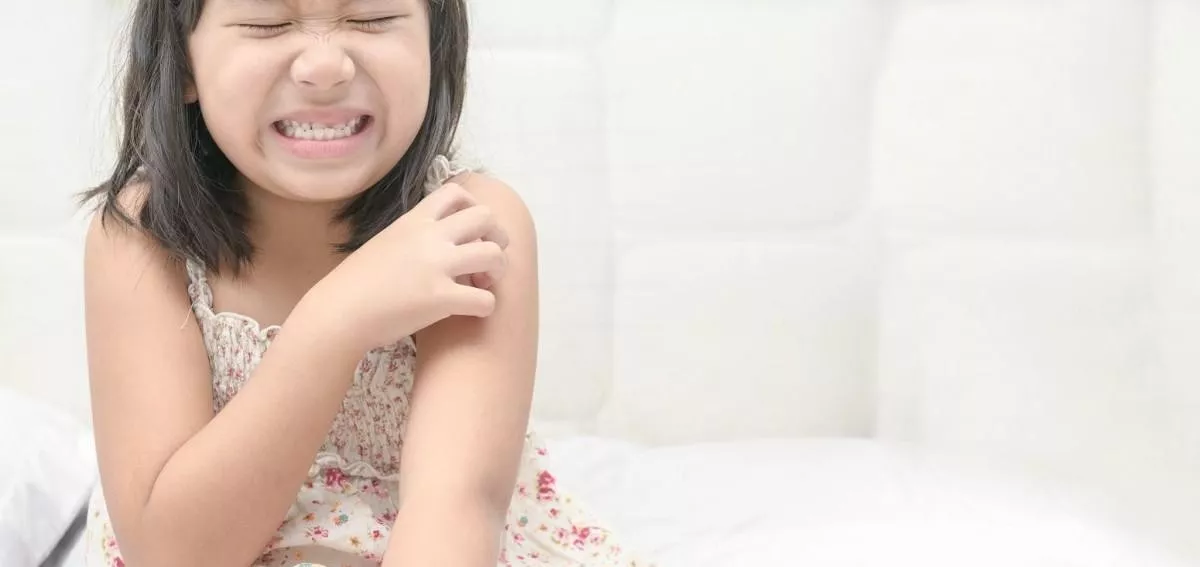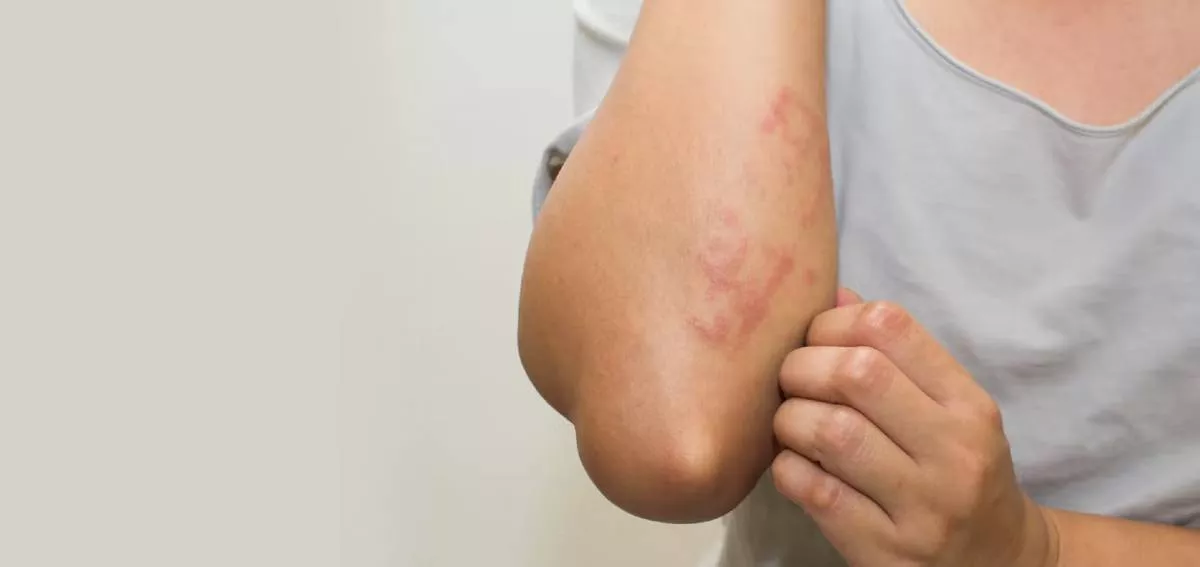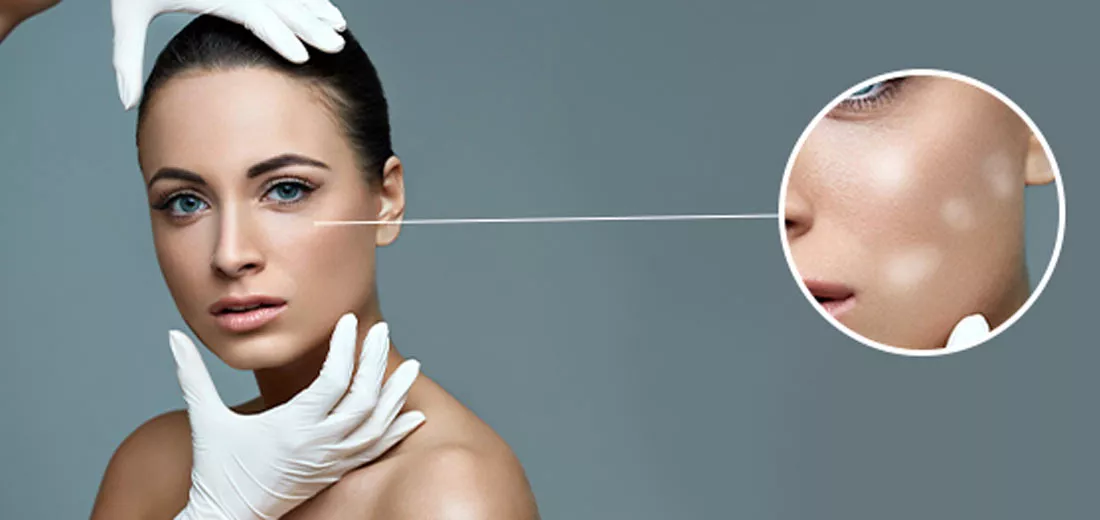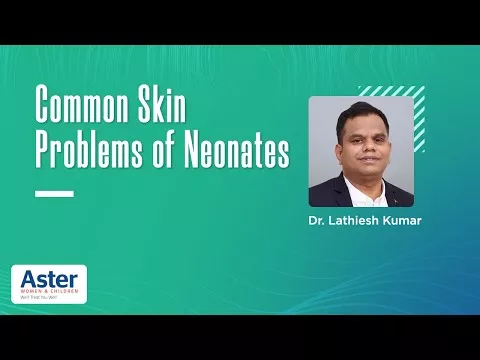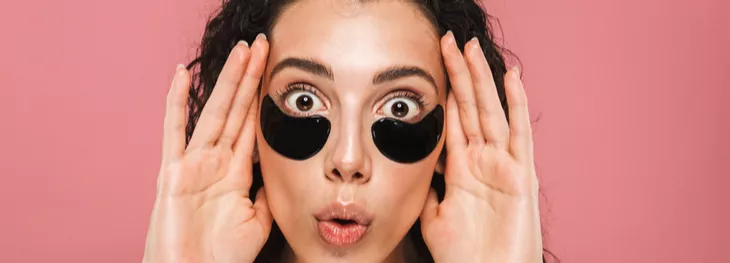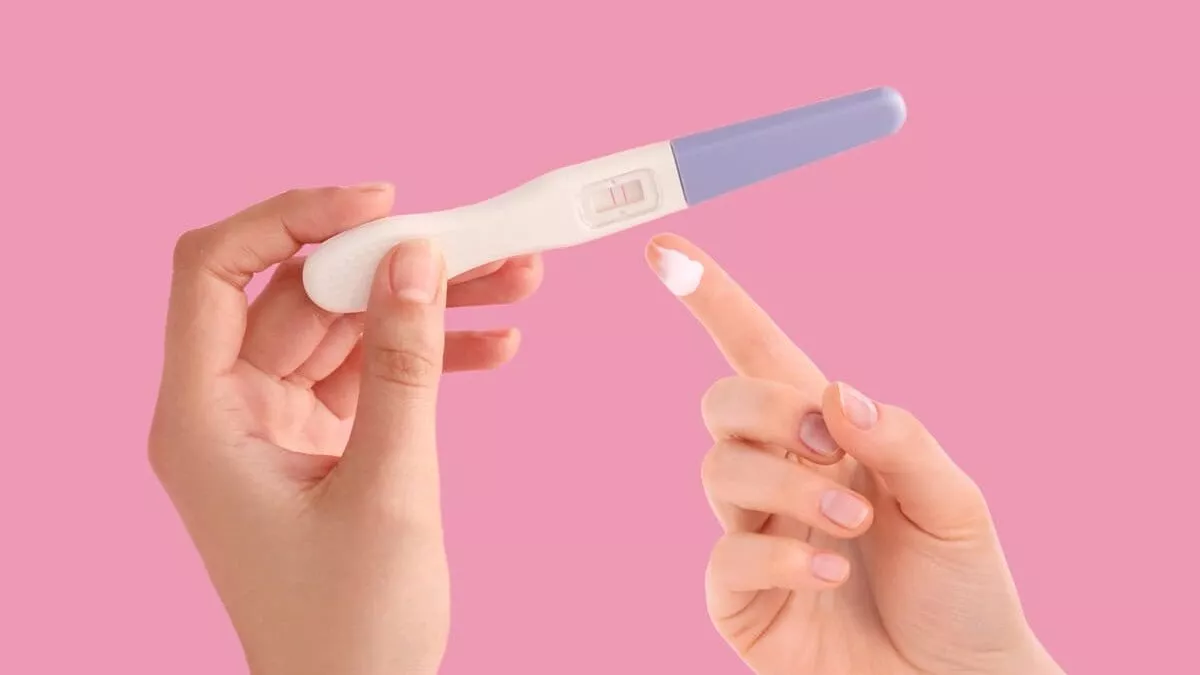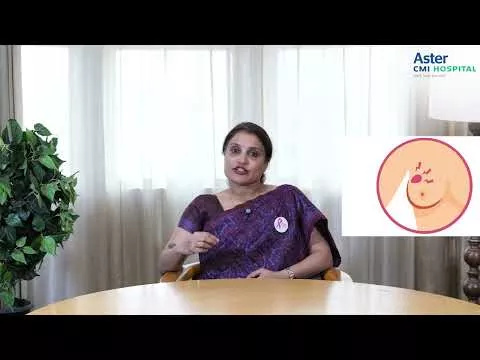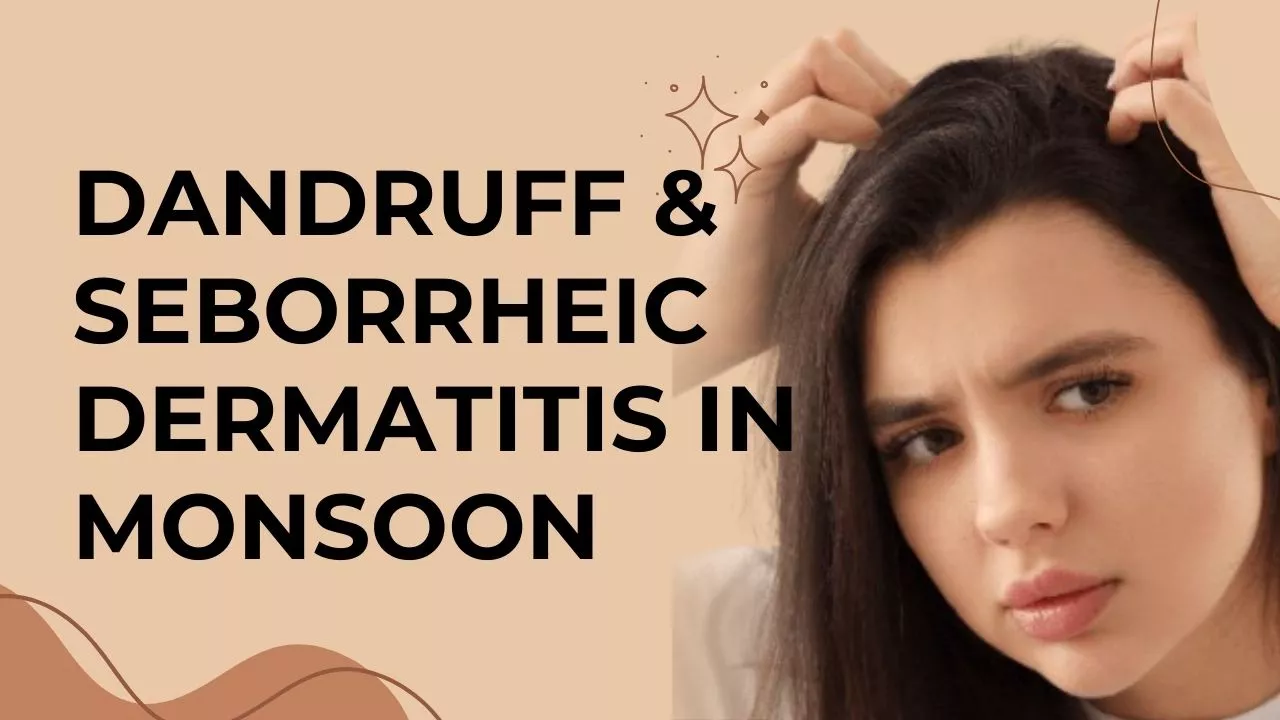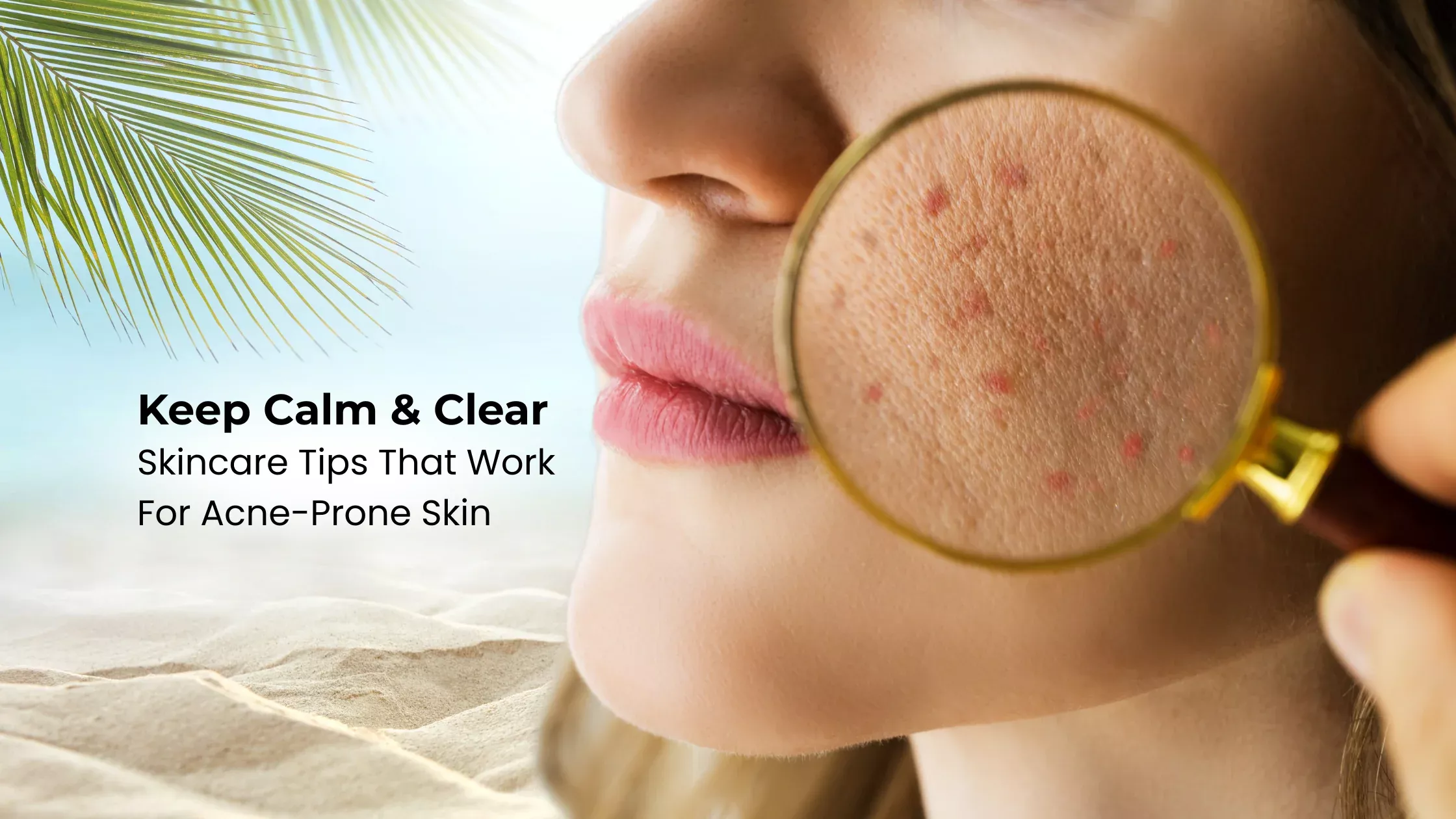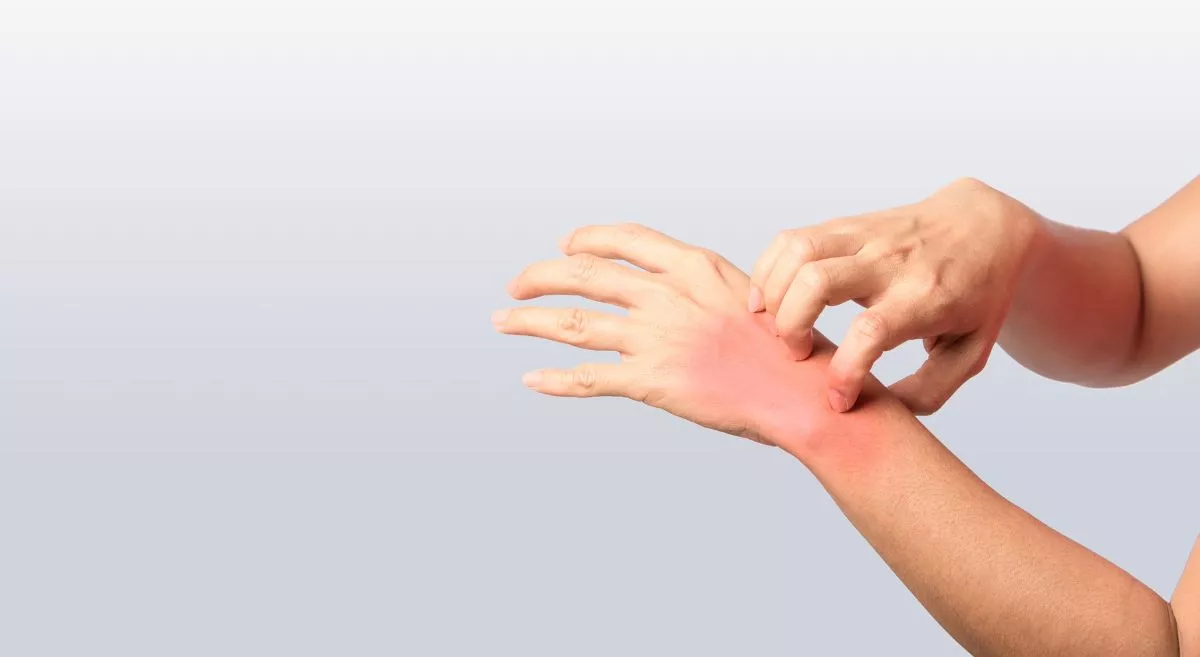The signs and severity of skin problems in newborns and children vary widely. Most of the factors that cause these symptoms are dermatitis, viral infections, bacterial infections, fungal infections, and other disorders. They might be transitory or permanent, and they can be with or without pain. Some are caused by circumstances, while others may be inherited. Some skin problems are trivial, while others are potentially fatal. Parents concerned about persistent or severe issues should consider consulting a Child Care Hospital in Hebbal Bangalore for proper evaluation and guidance.
Depending on the illness, treatment can range from anti-itch creams to pain medicines to antibiotics. While the majority of skin disorders are mild, some can signal a more significant problem. If you think your child has one of these common skin disorders consult a pediatric dermatologist in Bangalore immediately.
Tinea
Ringworm is caused by a common fungus that infects the skin surface, resulting in a scaly and bumpy red patch on the afflicted area. Ringworm is highly contagious, and it can be transferred by direct touch or by sharing clothes that have been in contact with the afflicted area. The most common therapy is to apply a medically approved antifungal cream to the affected area for a long time until the infection clears up.
Chickenpox
Chickenpox was once a very common infection among young children, but because of widespread immunisation campaigns, it is now considerably less common. A varicella infection, which causes chickenpox, usually begins with a fever, followed by cold symptoms and a rash. The rash is itchy and appears like a mixture of blisters, patches, and crusty scabs; it lasts for about a week. Children who have chickenpox are contagious until all of the blisters have crusted up. Later in life, the condition can resurface as shingles.
Scarlet Fever
Strep throat and scarlet fever are caused by the bacterium group A Streptococcus. Fever, sore throat, and headache are common symptoms of scarlet fever, but the main symptom is a raised, red rash across your child's neck and upper chest. Your child's rash may then extend to other parts of his or her body. Your child's face may be red, with a pale region around their mouth. The rash feels like sandpaper which resembles a sunburn and it can be treated by antibiotics.
Impetigo
Impetigo is caused by the bacteria Streptococcus or Staphylococcus aureus. It is most frequent in children aged 2 to 5, but it can occur at any age. Impetigo results in red pimples, blisters, or crusty areas. These are most common around your toddler's lips and nose, but they can occur anywhere on the skin that is irritated frequently. Doctors may prescribe antibiotics, which can be taken orally or applied directly to the skin to treat this condition.
Warts
Warts are caused by a virus. Warts can spread from person to person and to other body areas. Warts are most typically found on the hands, but they can appear elsewhere. The majority of cases resolve on their own, once the childs immunity improves- however getting a cryotherapy done at the hospital by a trained Paediatricians & Neonatologists in Hebbal Bangalore can speed recovery.
Prickly Heat (Heat Rash)
Heat rash is common in young newborns. Heat rash is a red pimply eruption on the head and neck caused by blocked sweat glands. To avoid an eruption, avoid . Heat rash usually fades away on its own. Cooling calamine lotion usually helps.
Contact Dermatitis
A cluster of little red pimples or bumps on a skin area exposed to an allergen causes contact dermatitis. Specific foods, lotions, chemicals, or plants, such as poison ivy, can cause this. Depending on the sensitivity, a rash appears one to two days after exposure, and can stay as long as the contract lasts or until it heals, which could take one to two weeks. Antihistamines or steroids may help alleviate the symptoms. Many people mistake contact dermatitis for a skin ailment like impetigo.
Hives
Urticaria is another name for hives. Itchy pink, light, or red bumps on your baby's skin are known as hives. Small slightly elevated spots or huge welts of various shapes are possible. Hives can be ring-shaped or shaped like targets. Hives can appear anywhere on your child's body and may disappear over time. However, fresh lumps can appear for days or weeks.
Hives are frequently caused by viral infections. Hives can also be caused by allergic responses to foods, drugs, and additives, cold temperatures, and stress. Many cases of hives have no identified cause and it is mostly treated using Antihistamines.
Roseola (Sixth Disease)
Roseola is a virus that causes a mild sickness. The infection mostly affects newborns and begins with a very high temperature, followed by a non-itchy, lacy rash. Normally, the fever and rash do not appear at the same time, the fever lasts a few days before the rash disappears. The rash develops first on the chest or back, then spreads across the body. The fever can occasionally cause a seizure, but this is not usual.
Fifth Disease
Slapped cheek (slap face) disease is another name for the fifth disease. It causes a bright red rash on the cheeks of your child. The fifth sickness is caused by a specific virus called Parvovirus B19. Your child may also have a fever and other nonspecific symptoms in addition to the rash. The facial rash will diminish within a few days. However, your child's arms and legs may develop pink spots in a lacy pattern. Nonsteroidal anti-inflammatory medicines (NSAIDs), anti-itch lotions, and antihistamines are among the options for treatment.
FAQs:
1. Which skin problem is the most common?
In India, acne is the most frequent skin disorder. Acne typically appears during puberty and affects a large number of adolescents and young adults.
2. What is the main reason for skin problems?
Skin disorders can be caused by immune system issues, irritants, certain diseases, genetic composition, and allergies.
3. What are the preventive and lifestyle modifications for skin diseases?
Preventing skin disorders can be as simple as following clean habits, using moist wipes, not scratching afflicted areas, bathing daily, and keeping the affected region covered.
4. How do you treat skin infections in babies?
In general, eczema is treated by washing the baby's clothes with a gentle detergent and no fabric softener, applying skin moisturizers is primary.
5. What are the effects of skin diseases?
Skin illnesses can have a negative impact on psychosocial well-being, resulting in, social isolation, loneliness, lower quality of life, and increased depressive symptoms
